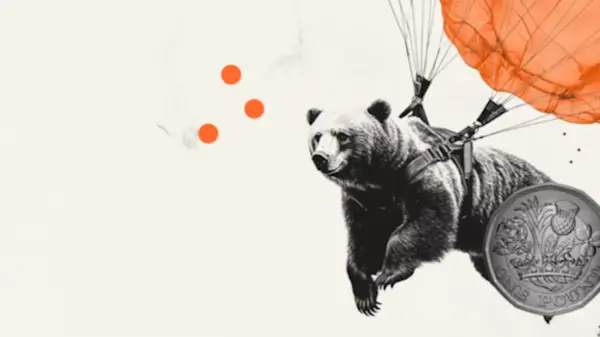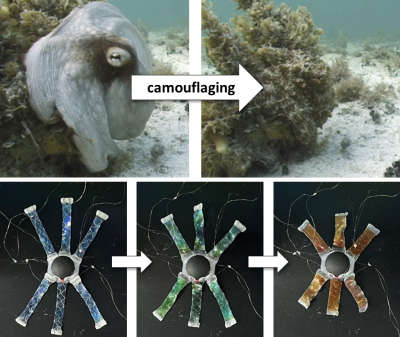A remarkably intact skeleton of a giant meat-eating crocodile relative has been discovered in Patagonia, Argentina, offering new insights into the life of this predator during the late Cretaceous period. The species, named Kostensuchus atrox, lived around 70 million years ago, preying on medium-sized dinosaurs and other creatures in a diverse ecosystem.
The international team of paleontologists, led by researchers from the Museo Argentino de Ciencias Naturales (MACN), unearthed the skeleton near El Calafate. This find includes an almost complete skull and jaws, providing unprecedented details about the physiology and behavior of this previously unknown species of crocodyliforms known as peirosaurids.
Characteristics of a Formidable Predator
Scientists estimate that K. atrox grew to about 3.5 meters (approximately 11.5 feet) in length and weighed around 250 kilograms (around 551 pounds). Its short, robust skull supported powerful jaw muscles, and its blade-like, serrated teeth were designed for slicing flesh, distinguishing it as a true hypercarnivore—an animal that relied almost entirely on meat for its diet.
The name Kostensuchus atrox reflects both local heritage and ancient mythology. “Kosten” is derived from the Aonikenk (Tehuelche) word for the fierce Patagonian wind, while “suchus” is linked to Souchos, the Greek name for the crocodile-headed Egyptian god Sebek. The term “atrox” translates to “harsh” in Greek, further emphasizing the predator’s formidable nature.
This discovery is significant not only because it introduces a new species but also establishes a novel genus, enriching the evolutionary tree of crocodyliforms. Peirosaurids are an extinct family that lived only during the Cretaceous period, primarily in South America, Africa, and Madagascar. Prior to this find, most data on peirosaurids came from fragmentary remains, leaving their full appearance and lifestyle largely speculative.
Insights into Cretaceous Ecosystems
The specimen from the Maastrichtian Chorrillo Formation presents an articulated skeleton with a well-preserved skull and forebody, making it the most complete example of its kind ever found. Researchers noted that while broad-snouted peirosaurids may be closely related, they have rarely been included in phylogenetic analyses due to the incompleteness of existing remains. The discovery of Kostensuchus allows for a better understanding of this morphological type and the relationships among broad-snouted peirosaurids and other crocodyliforms.
Unlike modern crocodiles, which often lie in wait for their prey, K. atrox possessed anatomical features suited for active hunting. Its strong shoulders and robust skull indicate that it was capable of grappling with its prey, including medium-sized herbivorous and smaller carnivorous dinosaurs whose fossils have been found in the same geological layers.
This new specimen paints a richer picture of the ecosystems in Patagonia during the late Cretaceous. While dinosaurs were the most visible predators of the time, crocodyliforms like K. atrox likely shared their territory and competed for food at the top of the food chain.
The researchers emphasized that the discovery of Kostensuchus atrox significantly expands the understanding of the anatomy of broad-snouted peirosaurids, previously known only from fragmentary remains. The new anatomical information provided by this discovery illuminates both the similarities and differences between broad-snouted peirosaurids and baurusuchids, another clade of crocodyliforms that evolved into apex predators during the Cretaceous across Gondwana.
Today, modern crocodiles, alligators, and gharials represent the last survivors of a once-diverse lineage. The skeleton of K. atrox not only serves as a benchmark for future fossil comparisons but also reveals how ancient crocodiles were diversifying into specialized, giant meat-eaters just before their sudden extinction approximately 66 million years ago.
The findings from the study were published in the journal PLOS One, highlighting the importance of this discovery in enhancing our understanding of prehistoric ecosystems and the evolutionary history of crocodyliforms.





































































